Art History Paintings
1/11
Earn XP
Description and Tags
Name | Mastery | Learn | Test | Matching | Spaced |
|---|
No study sessions yet.
12 Terms
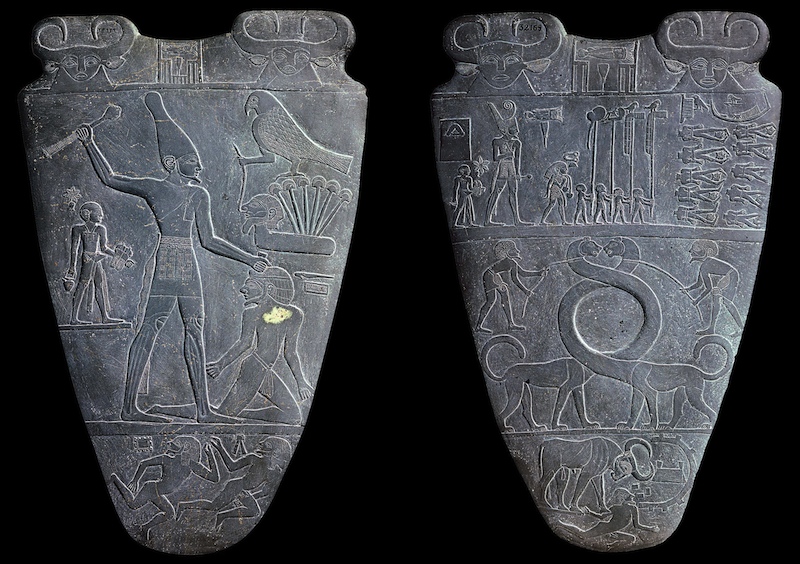
Narmer Palette
Sacred enclosure of Horus, Hierakonpolis, Egypt
End of Dynasty 0, 3000 BCE
Graywacke
Top head represented the Goddess Bat. Had Narmer’s name written with symbols of a catfish and chisel within a palace
had area for grinding make-up
Quite literally described his whole life, the pot had a lot of story within it

Law Steele of Hammurabi
artist or architect : N/A
culture/region: Babylon (originally); excavated in Iran
time period: Ancient Mesopotamia
Made of Black Basal
Signifies the importance of justice in Mesopotamian society
One of the oldest surviving legal records
Depicts face to face encounter between Hammurabi and the sun god Shamash (god of justice)
Shamash 🡪 sitting figure; presenting rod and ring (insignia of royal power)
Presumably publicly displayed
Outlining rules, law, order
Marker of credibility for the ruler
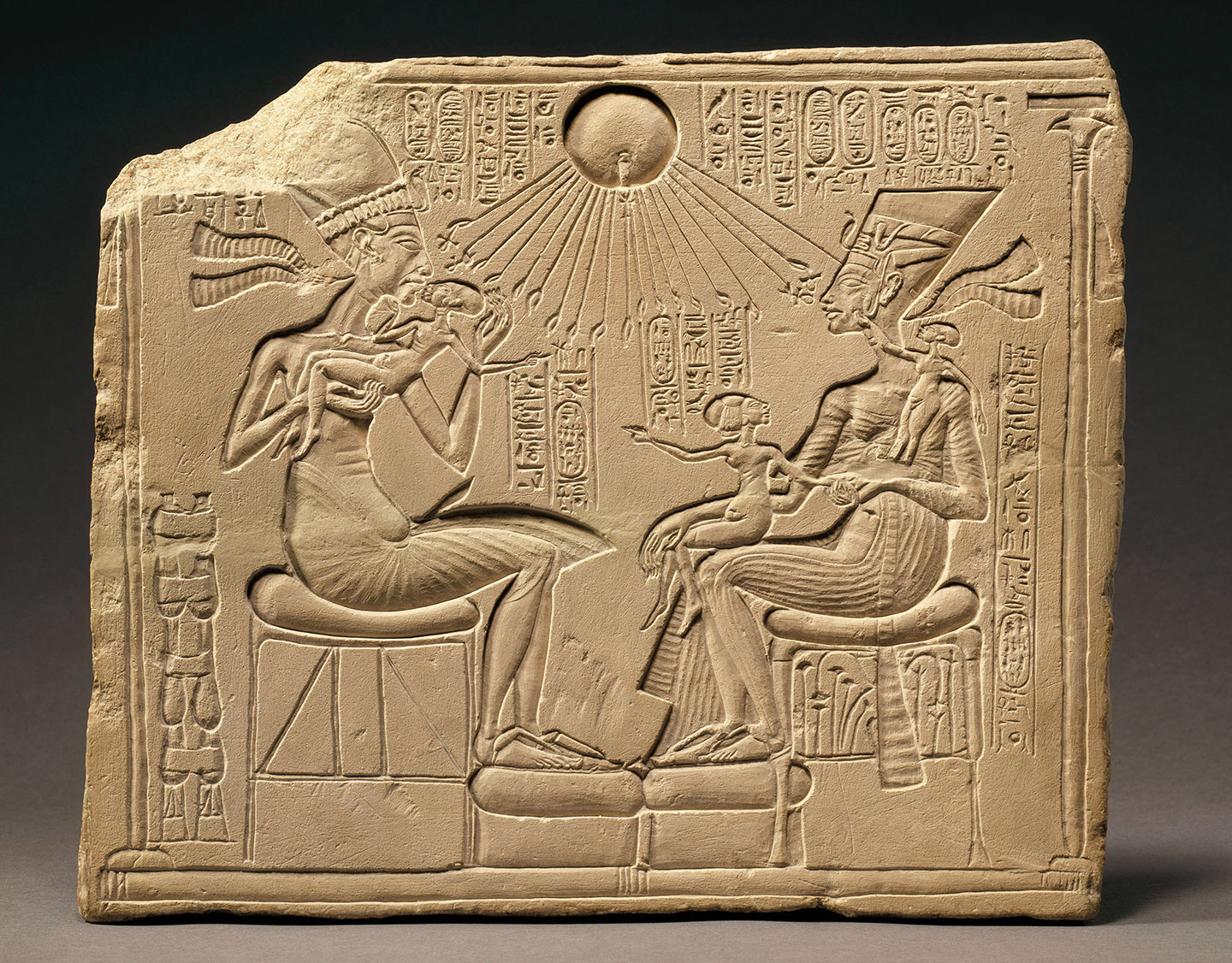
Stele of Akhenaten and Nefertiti
Akhetaten (Tell el-Amarna, Egypt)
18th dynasty, 1352-1336 BCE new kingdom
Limestone with painted sunken relief
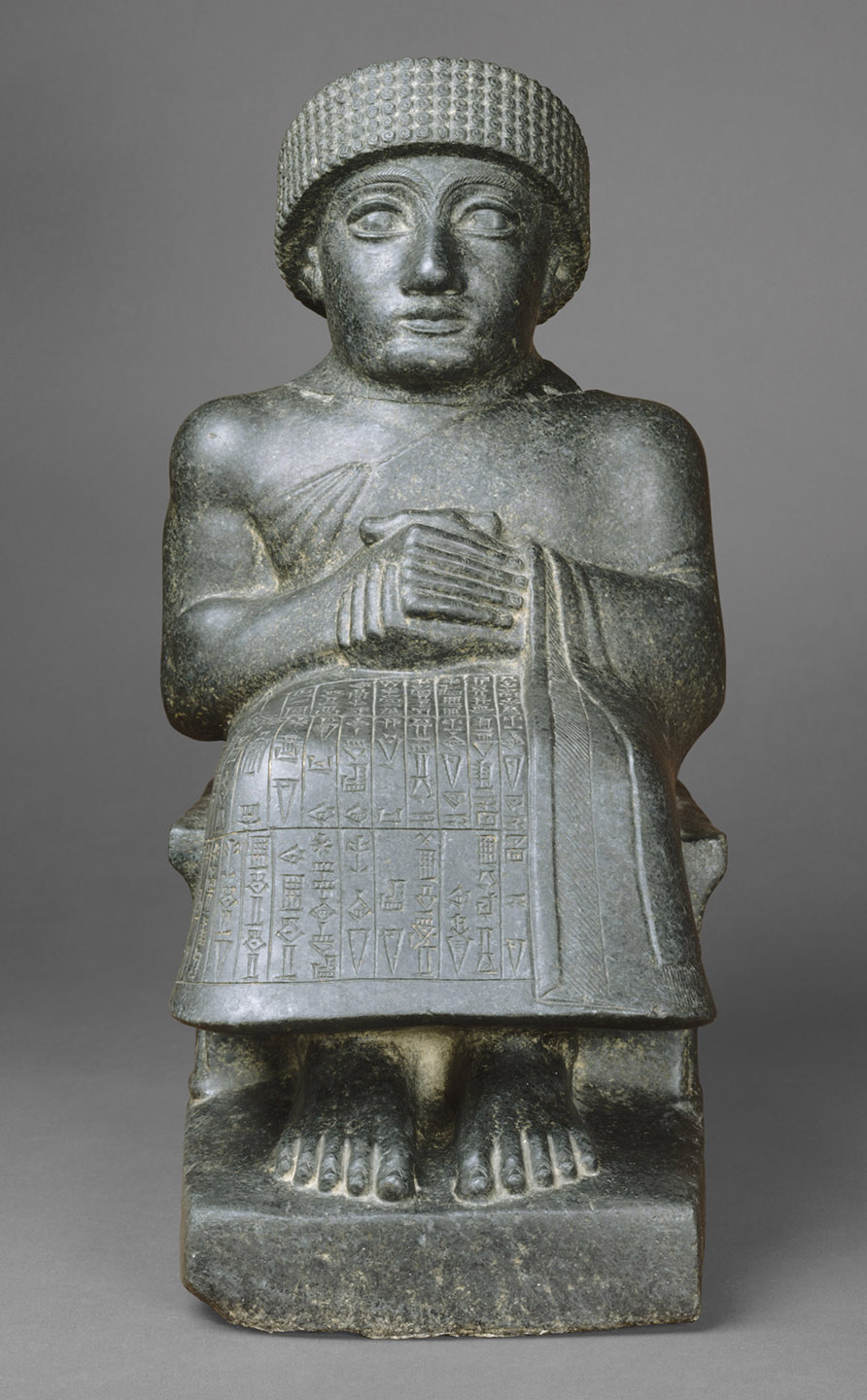
Seated Statue of Gudea
Tello, Iraq
Lagash Dynasty
Diorite
Dedicated to the god Ningishzida
Gudea was the ruler during the Lagash Dynasty
Hands are forever folded together 🡪 gesture of prayer and greeting
Eternally devoted
Perfect example of piety
Lower part of robe is covered in Sumerian cuneiform text
Single exposed arm to showcase musculature
Made from diorite, not native to the region
Showcase of power over materials
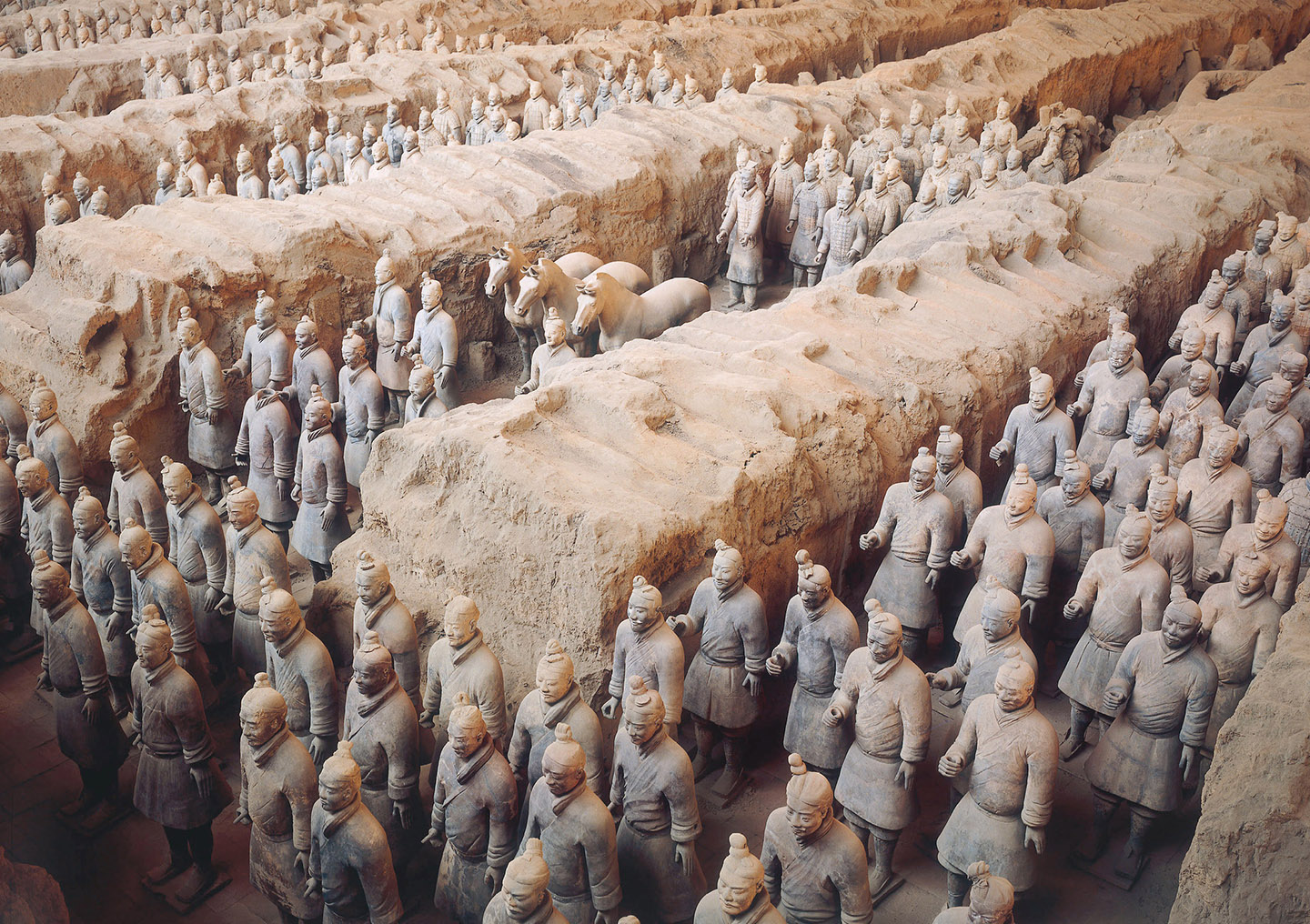
Terracota Army
Lintong, Shaanxi province, China
Qin Dynasty
Tomb Complex of the First Emperor of Qin
Example of military power
Warriors intended to protect Emperor in afterlife
Warriors were found buried with Emperor in his tomb
Master control of clay sculpting and kiln usage
Evidence of being originally painted
Each soldier has its artist’s name engraved on them
Not for artistic recognition, but accountability (evidence they did their job)

Bust of Nefertiti
artist or architect: N/A
culture/region: Ancient Egypt
time period (roughly, i.e., Shang, Olmec): 18th Dynasty new kingdom
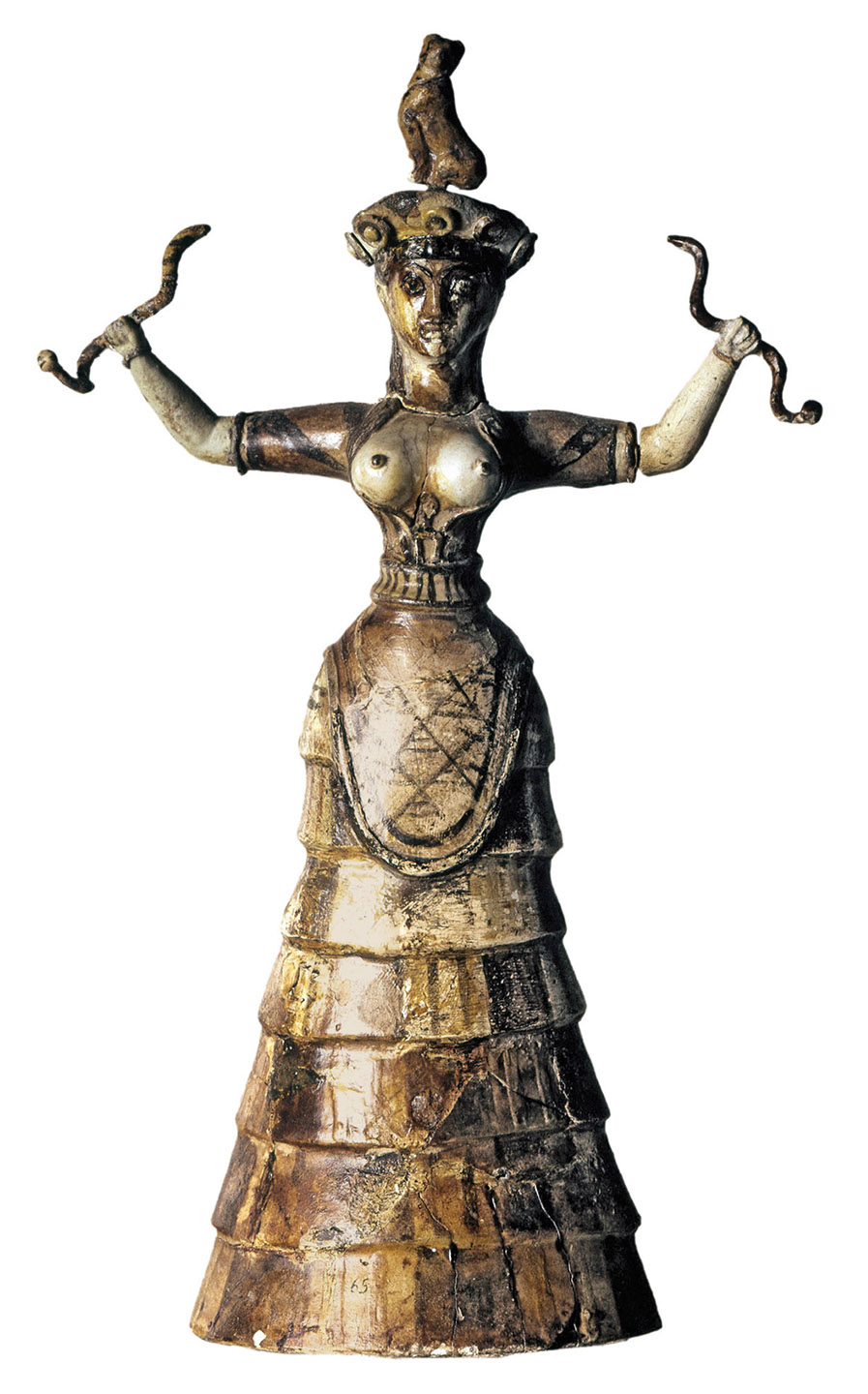
Snake Goddess (from palace at Knossos)
artist or architect: N/A
culture/region: Greece
time period: Minoan Civilization
Faience figurine
About 1 foot tall
Elaborate floor length flounced skirt
Woman holding a snake in each hand
Presumably a seated cat on top of her head
True meaning/use is unknown
Theorized the figure is a goddess or priestess
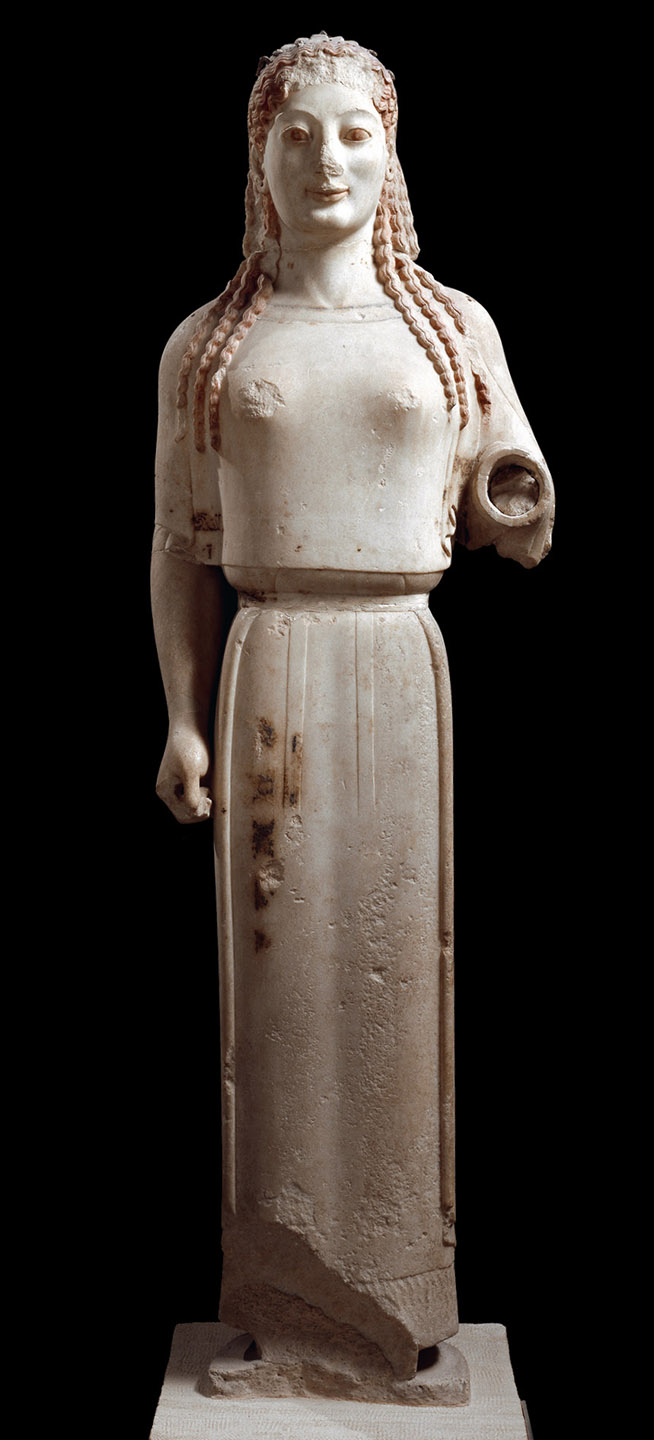
Peplos Kore
artist or architect: N/A
culture/region: Greece
time period: Archaic Period
Initially thought to be wearing a peplos (body length garment
Analysis of preserved paint on kore 🡪 wore several different garments
Carved from marble
Thought to be Artemis; goddess of the Hunt
Hole in right hand may have held arrows
Missing arm holding bow
Smooth symmetrical face ”perfected” female attributes
Kore means “young woman” or “girl” in Ancient Greek

Artist: Exekias
Amphora with Ajax and Achilles
Athens, Greece
550-540 BCE
Blackfigure ceramic
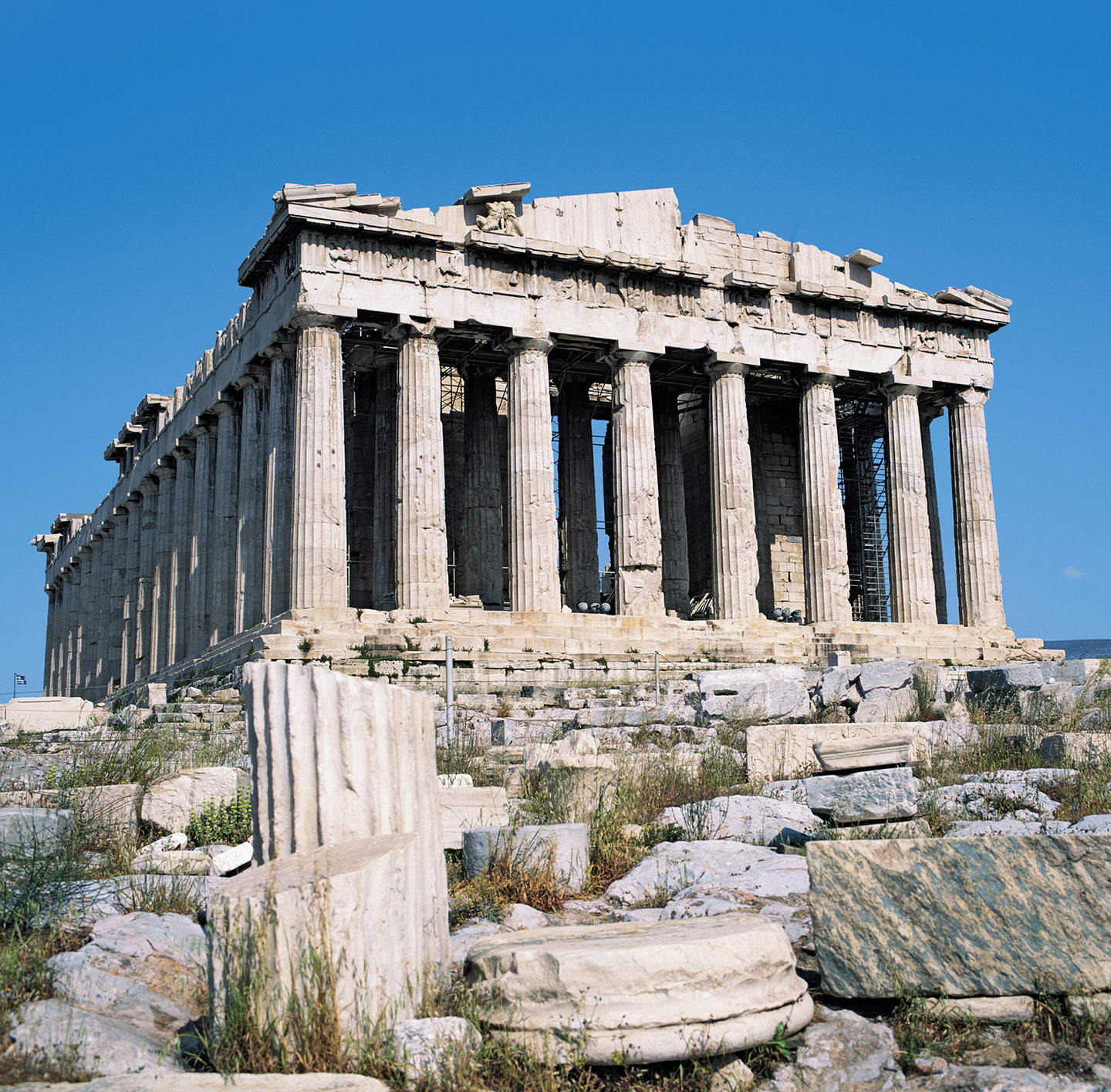
The Parthenon
artist or architect: Iktinos and Kallikrates
culture/region: Greece
time period: Height of Greek Empire (5th Century)
Dedicated to Goddess Athena
Predominately Doric features, some ionic
Frieze (ionic) that runs around the exterior and interior
Towering pillars of marble
Located at hilltop 🡪 Acropolis
Temple
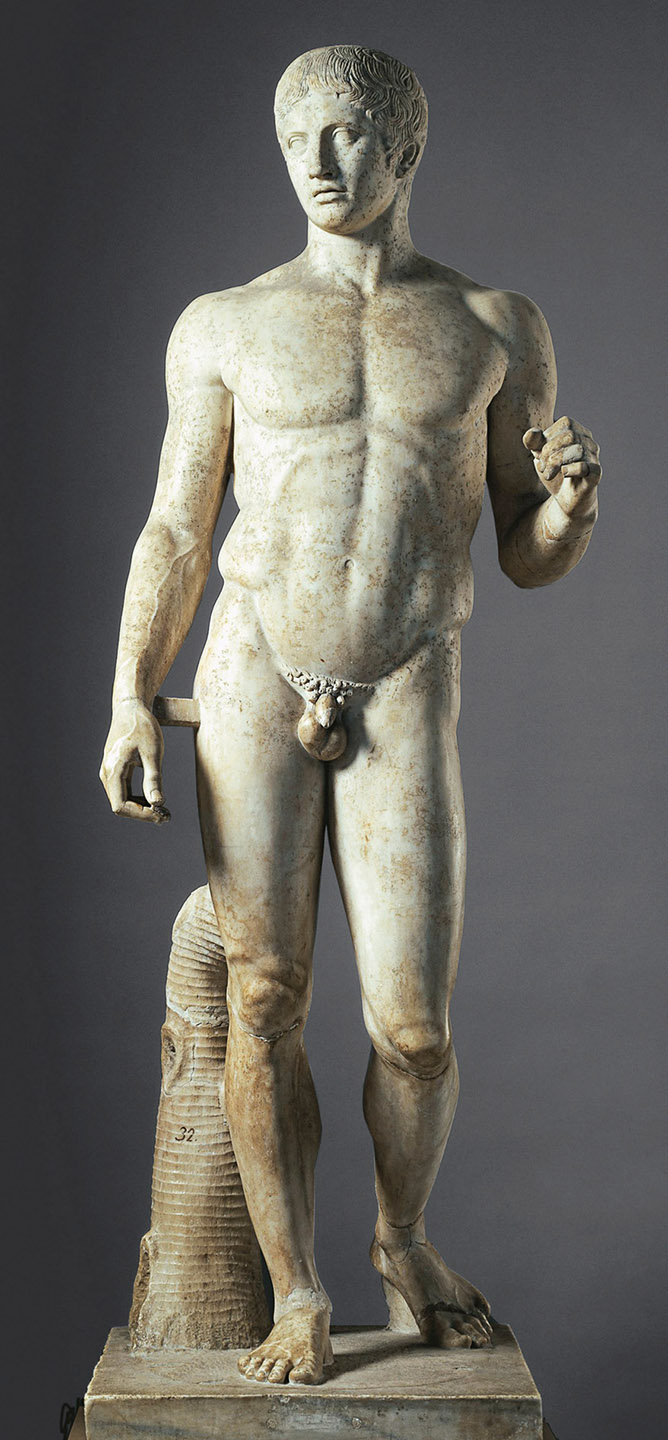
Doryphorus (Spear Bearer)
artist or architect: Polykleitos
culture/region: Greece
time period: Classical Period
Roman Marble copy of a Greek bronze
Depicts a male warrior; perhaps Achilles
Muscular
Quite relaxed in posture
Stump used for support that bronze would not require
Generic, youthful figure
Idealized male form; feels otherworldly

Nike Adjusting Her Sandal
artist or architect: Either Alkamenes or Agoràkratos
culture/region: Greece
time period: Hellenistic Period
Heavy wings counterbalance to teetering body
Eroticized finely carved figure:
Wet-looking drapery emphasizes her form
Implication of sandal being removed:
Allusion to last action before the loss of a bride’s virginity
Sexual violence
Is about to walk on sacred ground
Or simply having a god perform a human action
Humanization of the Gods